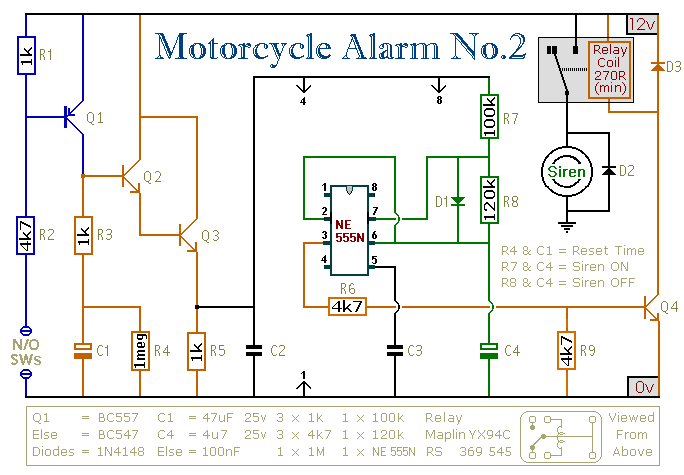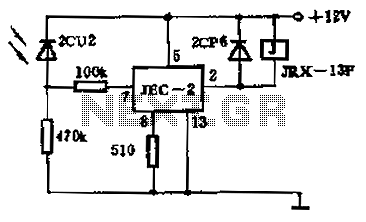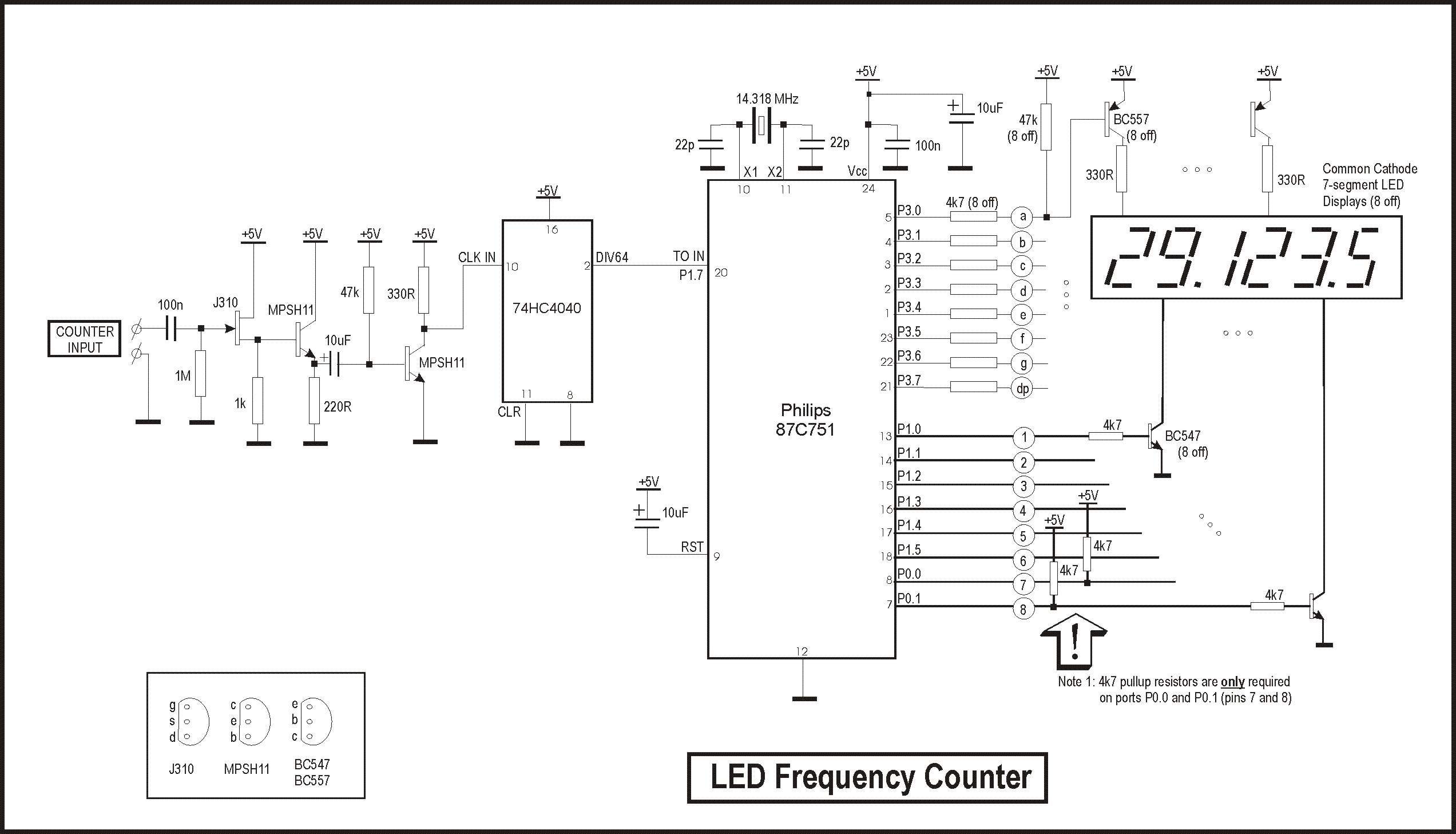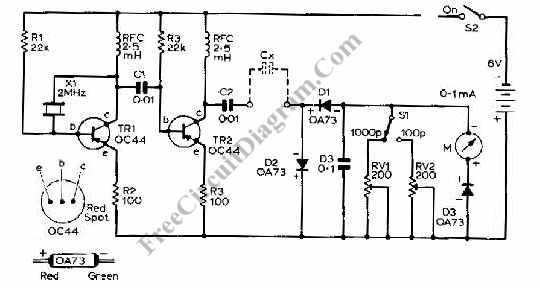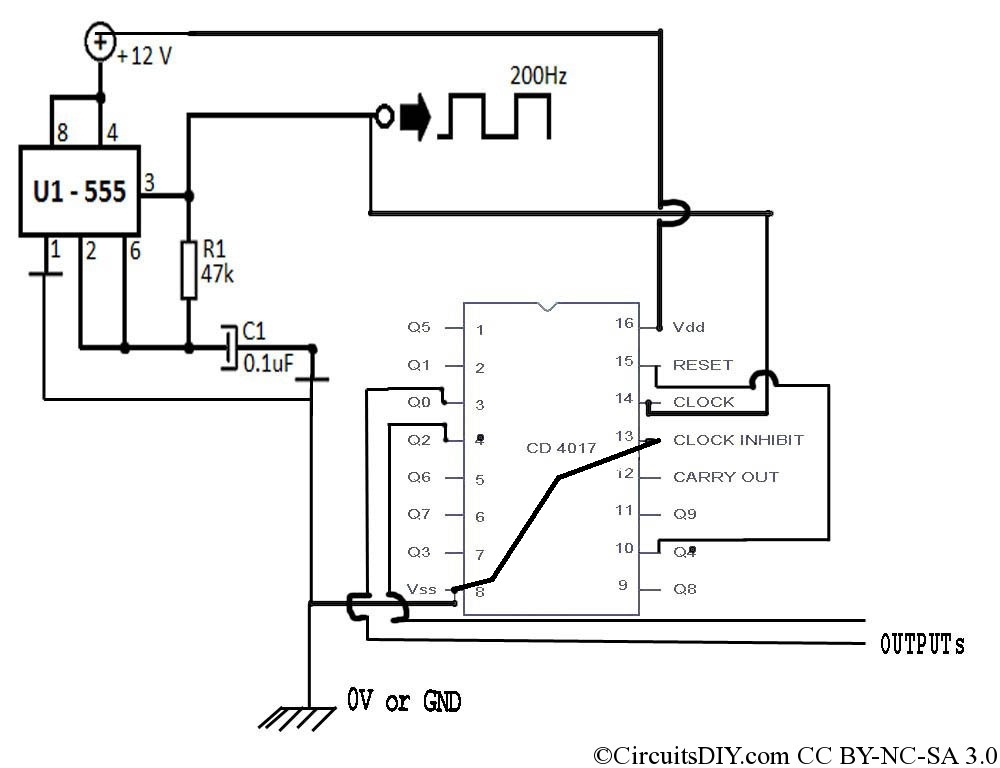
PWM Motor Speed Control Using Class D Audio Amplifier
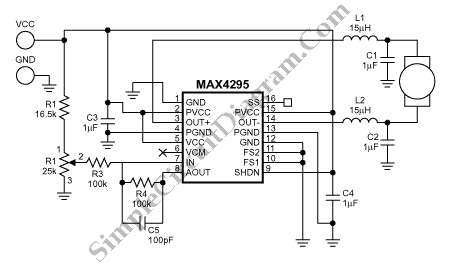
This is a Class D audio amplifier circuit used to control the PWM motor speed. This circuit has two advantages for battery-powered portable devices. First, it provides high efficiency, which extends battery life.
The Class D audio amplifier operates by modulating the audio signal into a pulse-width modulation (PWM) signal. This modulation technique allows for the efficient switching of output transistors, which minimizes power loss and generates less heat compared to traditional linear amplifiers.
In a typical configuration, the circuit includes a PWM controller, output transistors (often MOSFETs), and a low-pass filter. The PWM controller generates a PWM signal based on the input audio signal, which is then fed to the gates of the output transistors. These transistors switch on and off rapidly, creating a series of pulses that correspond to the amplitude of the audio signal.
The output stage consists of a low-pass filter, which is critical for reconstructing the audio waveform from the PWM signal. This filter typically includes an inductor and capacitor, which smooth out the rapid switching of the transistors, resulting in a clean audio output.
The advantages of using a Class D amplifier in battery-powered devices include its high efficiency, which can exceed 90%, and its compact size, allowing for lightweight and portable designs. Additionally, the reduced thermal output leads to less need for heat dissipation mechanisms, further contributing to the compact nature of the circuit.
Overall, the Class D audio amplifier circuit is an excellent choice for applications requiring efficient audio amplification and motor control in battery-operated devices, providing both performance and longevity.This is class D audio amplifier circuit that is used to control PWM motor speed. This circuit has two advantages for battery-powered portable devices. First,.. 🔗 External reference
The Class D audio amplifier operates by modulating the audio signal into a pulse-width modulation (PWM) signal. This modulation technique allows for the efficient switching of output transistors, which minimizes power loss and generates less heat compared to traditional linear amplifiers.
In a typical configuration, the circuit includes a PWM controller, output transistors (often MOSFETs), and a low-pass filter. The PWM controller generates a PWM signal based on the input audio signal, which is then fed to the gates of the output transistors. These transistors switch on and off rapidly, creating a series of pulses that correspond to the amplitude of the audio signal.
The output stage consists of a low-pass filter, which is critical for reconstructing the audio waveform from the PWM signal. This filter typically includes an inductor and capacitor, which smooth out the rapid switching of the transistors, resulting in a clean audio output.
The advantages of using a Class D amplifier in battery-powered devices include its high efficiency, which can exceed 90%, and its compact size, allowing for lightweight and portable designs. Additionally, the reduced thermal output leads to less need for heat dissipation mechanisms, further contributing to the compact nature of the circuit.
Overall, the Class D audio amplifier circuit is an excellent choice for applications requiring efficient audio amplification and motor control in battery-operated devices, providing both performance and longevity.This is class D audio amplifier circuit that is used to control PWM motor speed. This circuit has two advantages for battery-powered portable devices. First,.. 🔗 External reference
